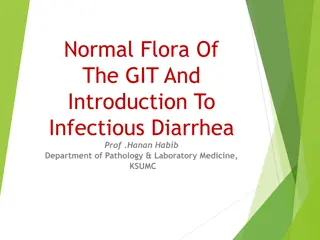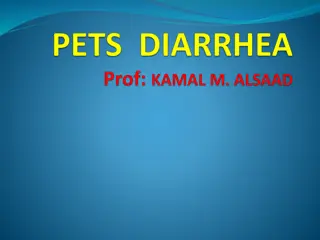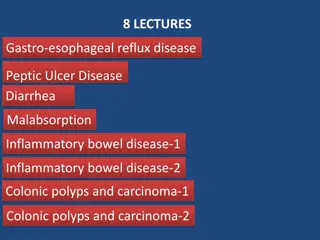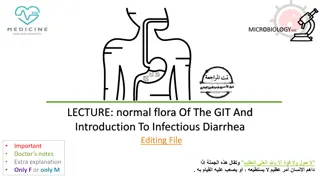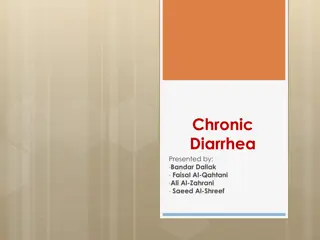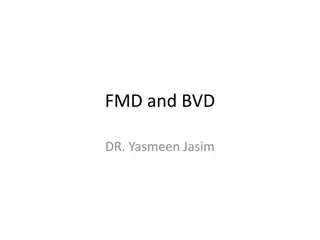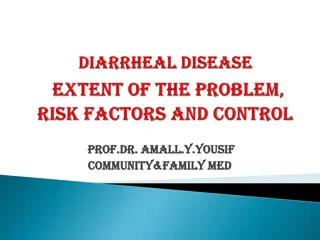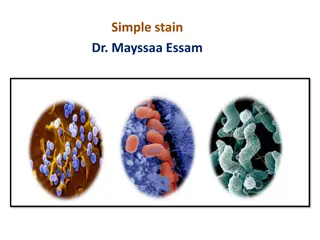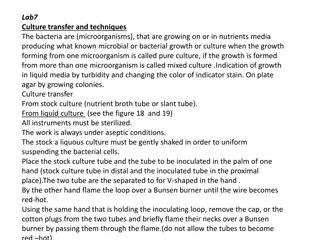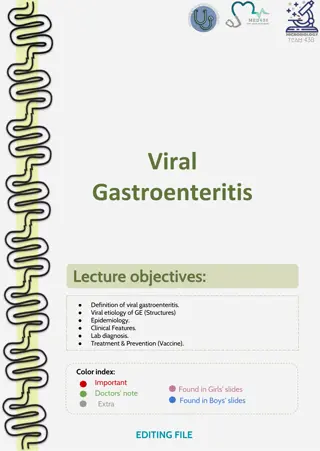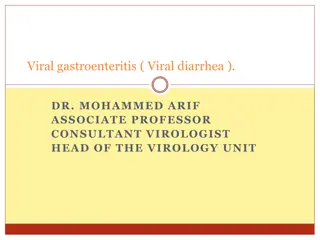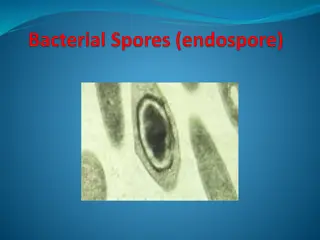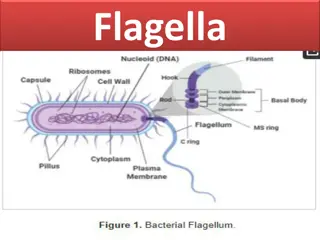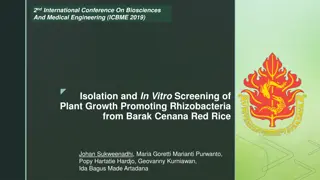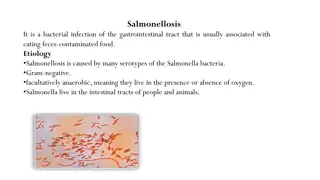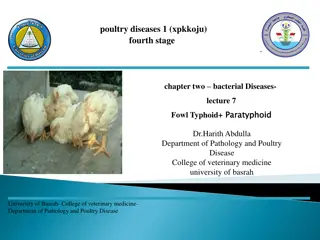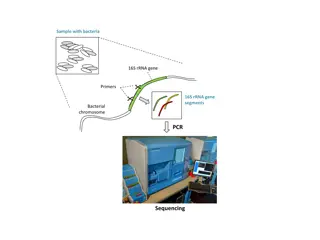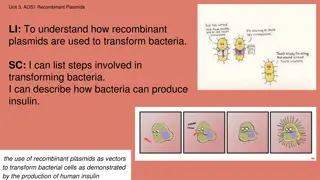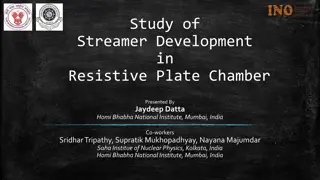Study on Using MLIL Model to Replace RIL for Studying Bacterial Diarrhea
Shigellosis, a diarrheal disease prevalent in developing countries, lacks an effective vaccine. This study aims to assess the protective capability of S. dysenteriae sub-unit pili proteins using the MLIL method. Mice were immunized with different protein variants, and the results indicate potential for diarrhea protection. Adhesion molecules in bacteria play a crucial role in vaccine development.
Download Presentation

Please find below an Image/Link to download the presentation.
The content on the website is provided AS IS for your information and personal use only. It may not be sold, licensed, or shared on other websites without obtaining consent from the author. Download presentation by click this link. If you encounter any issues during the download, it is possible that the publisher has removed the file from their server.
E N D
Presentation Transcript
Can Mice Legated Ilea Loop (MLIL) Model Replace Rabbit Ilea Loop (RIL) for studying Bacterial Diarrhea? Sumarno RP Microbiology Laboratory Medical Faculty of Brawijaya University Malang Indonesia 3
Shigellosis is a diarrheal disease and still a big problem in developing countries (Agtini et all. 2007, Herwana et all 2010) The best prevention is by using a vaccine but so far there has not be any suitable vaccine (Kweon 2008, Levine 2007) Molecule adhesion of bacteria can serve as a basic component of the Pertussis vaccine (Poolman and Hallander 2007). S. dysenteriae sub-unit pili protein which has MW 7,9 and 48,9 kDa molecule is adhesive (IJMR major correction)
The aims of the study The aims of the study are to clarify that S. dysenteriae sub-unit pili proteins which have MW 7,9 and 48,9 kDa as an adhesive molecule can show diarrhea protection diarrhea protection which was confirmed by using MLIL confirmed by using MLIL methode methode
Method To know the protectively antigen the study was conducted by post control study design The method of study was MLIL. Mice were divided into four groups. 1.The first group without immunization was used as a control group. 2. The second group was immunized with S. dysenteriae sub- unit pili protein which has MW 7,9 kDa. 3. Third group was immunized with S. dysenteriae sub-unit pili protein which has MW 48,9 kDa. 4. The last group was immunized with combination of S. dysenteriae sub-unit pili proteins which has MW 7,9 and 48,9 kDa. The chosen adjuvant immunogen was ISCOM. Data were analized using ANOVA and Tuckey test
RESULTS Bacterial Pillus Cutter A Whole cells S. dysenteriae B S. dysenteriae after cutting C Protein pili S. dysenteriae C
A. MLILbefore exposed with S. dysenteriae B. MLILafter exposed with S. dysenteriae 1. MLIL control 2. MLIL immunized with protein 7.9 kDa+ISCOM 3. MLIL immunized with protein 49.9 kDa+ISCOM 4. MLIL combine immunized protein 7.9 kDa with 48.9 kDa + ISCOM
Rabbit Ilea Loop (RIL) Model VS Mice Legated Ilea Loop (MLIL) Model
Compararation RIL Vs MILL No RIL MILL 1 Degrees of Animal Upper than MILL Lower than RIL * Given the opportunity to live 6 until 8 hours after the abdominal incision closed. * At this time the rabbit may be pain after narcotics effect lost 2 How two kill Animals were killed directly 3 Model In -Vivo Ex-Vivo
Compilation of the Result Study Zhang and Dalin 2003 RIL V. cholerae Faisal 2013 MILL V. cholerae Group of Mice No Without immunized not injected by V. cholerae ( control negative) 1 Without immunized injected by V. cholerae ( control positive) 2 Immunized with Sumbawa fermented mare's milk injected by V. cholerae 3 Immunized with Sumbawa fermented mare's milk i+ CT B injected by V. cholerae 4 Immunized with Sumbawa fermented mare's milk i+ CT B + mol adhesive pili injected by V. cholerae 5
Zhang and Dalin 2003 RIL V. cholerae Setyorini MILL S. dysenteriae 2013
Conclusion Moving solution prevention from intestine to lumen was found in the second, third, and forth groups The MLIL test can be used for studying bacterial diarrhea in animal model. Can Mice Legated Ilea Loop (MLIL) Model Replace Rabbit Ilea Loop (RIL) for studyng bacterial Diarrhae??? (Ethical Clearance in Animal Model ???)


